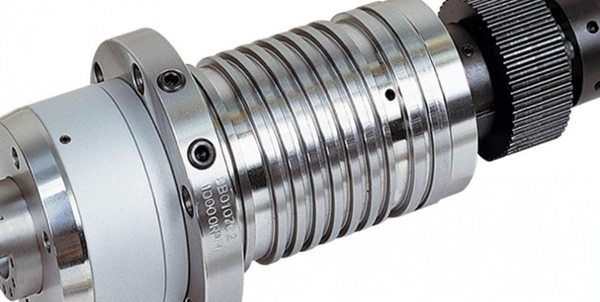Choosing High Speed Spindle Bearings
When choosing a bearing for high speed spindles, you must consider several factors. One important aspect is the preload. A heavy preload means that the spindle runs more slowly than it would if the bearing had a light preload. Light preload, on the other hand, increases speed.
Angular contact ball bearings
Angular contact ball bearings are used in spindles that move at high speeds. The preload placed on the bearings can significantly influence the thermal and dynamic characteristics of the spindle. In this article, we will discuss the different sources of preload on ACBBs, some of the different methods for determining the optimal preload, and what effect the preload has on the dynamic properties of the bearing.
One of the primary benefits of angular contact ball bearings is their high speed capability. They also offer better axial rigidity, radial capacity, and accuracy. However, in order to achieve the best results, you should understand your application and set-up.

Labyrinth seals
GMN Labyrinth Seals are a primary line of protection for your bearings. These non-contact, friction-free seals help to prevent contamination and prolong bearing life. They are also easy to install and provide 100 percent sealing efficiency. Unlike traditional lip seals, Labyrinth Seals work by preventing contaminants from entering the bearing housing through a radial opening.
Labyrinth seals are effective in high-speed spindle applications, where contaminated air can cause spindle failure. They also offer high-speed operation with minimal maintenance and cost. They are also known as "air knives" because they work by providing a positive air pressure inside the spindle. However, air knives require constant air flow throughout the entire operation, which is an operational expense. Additionally, the seals can become contaminated if debris clogs the air flow through them.
Positive-air-over-pressure system
Positive-air-over-pressure systems for high speed spindle bearings can significantly improve bearing performance. These systems increase spindle speed and reduce the amount of time between cuts. They can also significantly increase energy efficiency. By reducing the non-cutting time, these systems can extend the life of high-speed spindles.
The design uses a push-in tube-to-thread adapter for the inlet. A flow rate of up to 30 m/s is possible with this design. Pneumatic components can be bought off-the-shelf. The inlet tubing is 12 mm in diameter and is sized for a maximum air flow rate of 30 m/s.
Hybrid ceramic ball bearings
Hybrid ceramic high speed spindle bearers offer a host of benefits compared to their steel counterparts. These precision bearings can operate at high speeds, offer low friction, and have increased lifetime in various applications. In addition, because they have low affinity to steel, they have reduced adhesive wear, as well as the cold welding effect that causes irregularities in the raceway. These characteristics also prevent the accumulation of contaminants on the surface of steel balls, which can eventually damage the raceway. By contrast, these contaminants have minimal or no effect on hard ceramic balls.
Ceramic bearings are more durable and last up to 200 percent longer than conventional steel bearings. Hybrid ceramic bearings combine steel rings and ceramic balls to reduce friction. They also reduce cold welding, which is a common occurrence when steel elements are brought into contact with each other at high speeds. Ceramic bearings are also less susceptible to corrosion than steel and can withstand a wide range of temperatures.
Belt-driven high-speed spindles
The high-speed spindle bearings used in a machine tool are generally high-precision hybrid ceramic ball bearings. These bearings have ABEC 7 or 9 accuracy ratings and are capable of bearing radial and axial loads. They are lubricated by grease or oil or through a more sophisticated oil-air injection system.
There are many factors that affect the design of a spindle. While the highest speed will always be desired, the stiffness must be considered as well. High-speed spindles cannot be run at the maximum stiffness without sacrificing bearing life. Therefore, designers must find a compromise to achieve the results they seek.
- Previous: High Speed Bearings For Spindle
- Next: What Is a Ball Bearing Spindle?











